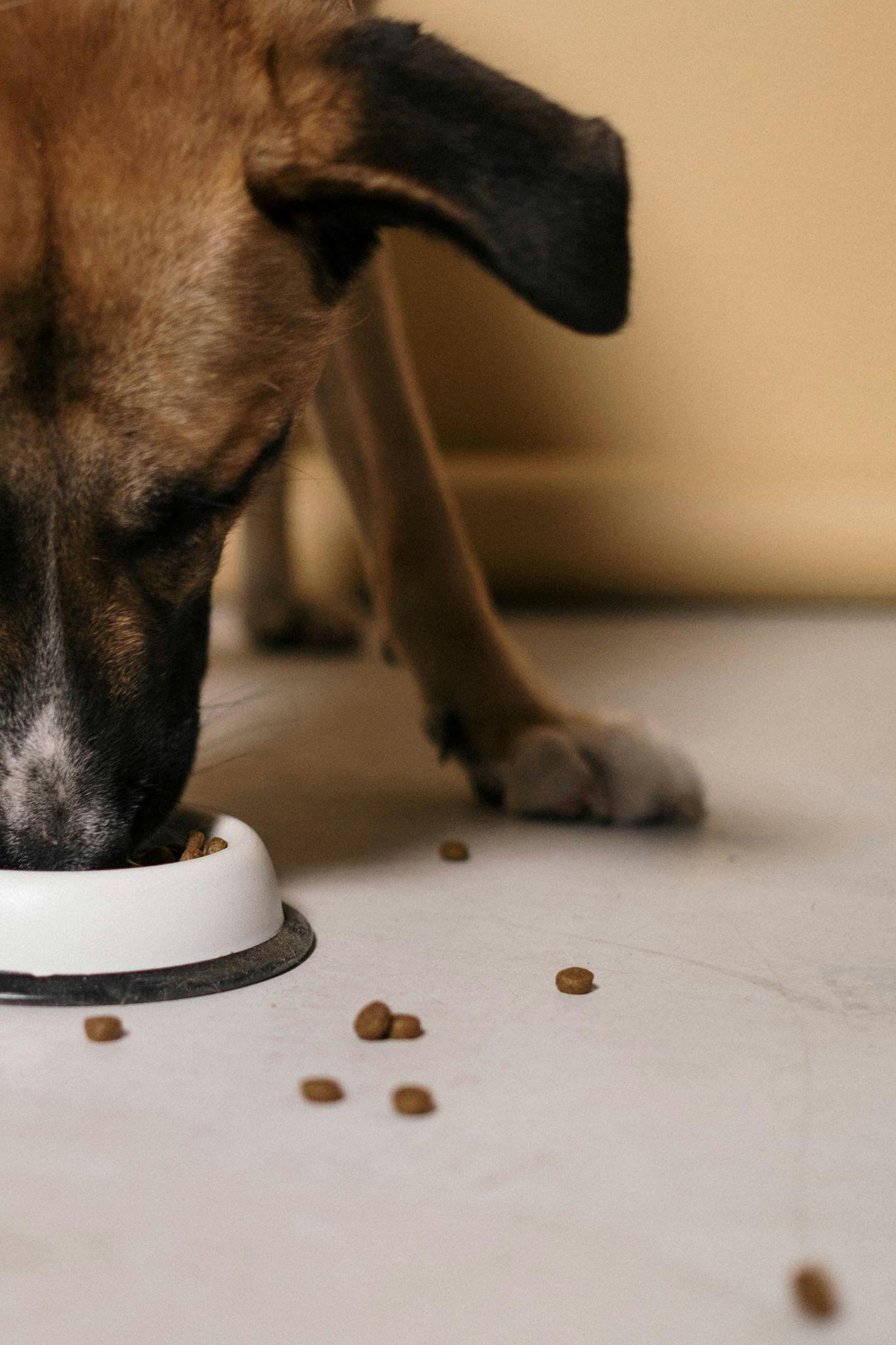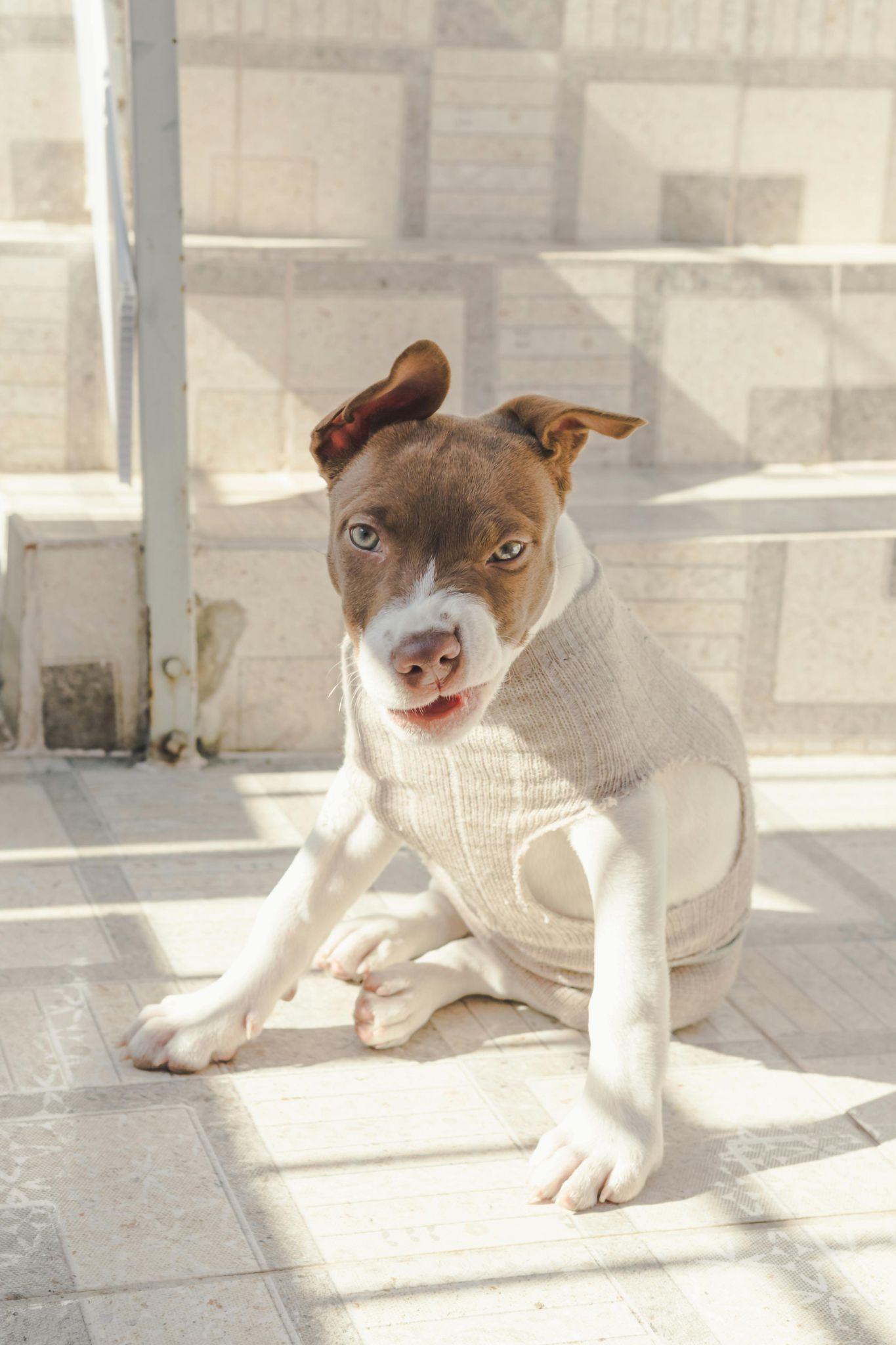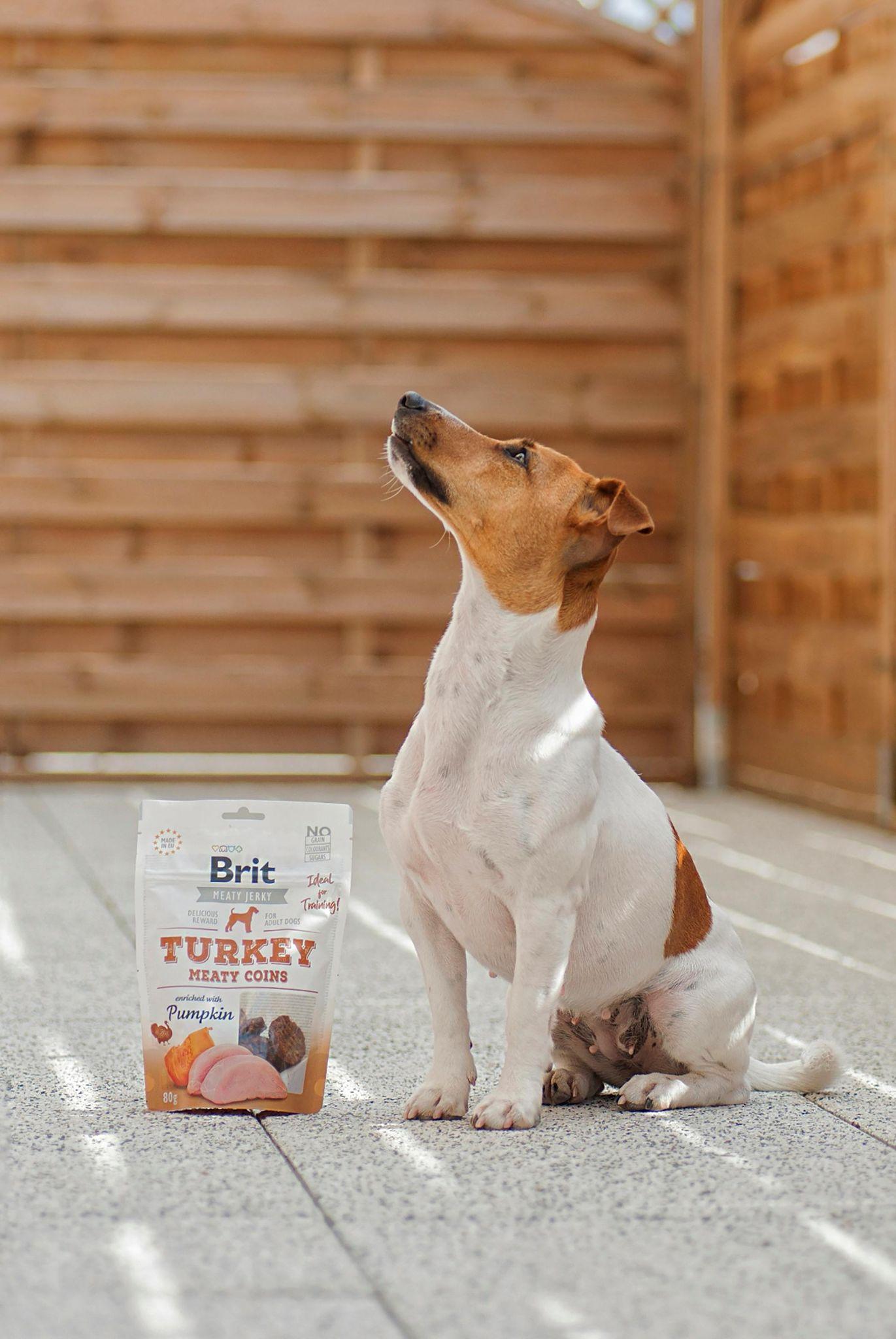Grain-free pet foods have seen a surge in popularity in recent years, driven by a growing awareness of pet health and wellness. Many pet owners believe this type of diet mimics the natural eating habits of carnivorous pets, offering better nutritional value. But what exactly does “grain-free” mean, and are these diets truly beneficial for your furry friend? Understanding grain-free pet foods requires a closer look at their ingredients, potential benefits, and any associated risks. This article aims to guide you through the details to help you make an informed decision about your pet’s diet.
What Are Grain-Free Pet Foods?

Grain-free pet foods are formulated without traditional grains like wheat, corn, rice, barley, and oats. Instead, they use alternative carbohydrate sources such as sweet potatoes, peas, or lentils. The idea behind grain-free diets is based on the assumption that your pet’s ancestors thrived on meat-based, grain-free meals, making grains unnecessary in their diet.
However, it’s essential to understand that while this theory sounds appealing, not all pets require a grain-free diet. Let’s explore why some pet owners choose grain-free options and whether these alternatives truly offer health benefits. https://truepetslove.com/product/2309/
Why Do Pet Owners Choose Grain-Free Diets?
Many pet owners opt for grain-free pet foods because they believe grains may trigger food allergies, cause digestive issues, or contribute to other health concerns in their pets. Additionally, some view grain-free diets as more natural and wholesome, often assuming that removing grains will improve their pet’s overall well-being.
Common Reasons for Opting for Grain-Free Diets:

- Managing Allergies: Pets with food sensitivities or allergies to grains may benefit from a grain-free diet.
- Perceived Health Benefits: Some believe that grain-free foods are healthier, offering higher-quality ingredients and fewer fillers.
- Improved Digestion: For pets with sensitive stomachs, grain-free foods may help alleviate gastrointestinal issues.
The Benefits of Grain-Free Pet Food: Fact or Fiction?
While there’s debate over the true benefits of grain-free pet foods, many pet owners and some veterinarians report noticeable improvements in their pets’ health after transitioning to a grain-free diet. But are these benefits universally applicable?
Improved Digestion

One of the most cited benefits of grain-free pet food is better digestion. Grains such as corn, wheat, and soy can be harder for pets to digest, especially those with sensitive stomachs. By removing grains, grain-free diets often introduce easier-to-digest carbohydrates like sweet potatoes, which may reduce bloating or gas.
Healthier Skin and Coat
Some pets suffer from skin allergies or conditions that may be triggered by grains in their diet. A grain-free diet can potentially help reduce symptoms like itchiness, dryness, or rashes, resulting in a shinier, healthier coat.
Weight Management and Muscle Health
The grain-free pet foods often contain higher protein levels than standard pet foods, making them ideal for active dogs or growing cats. Increased protein can help pets maintain muscle mass and support their energy needs while avoiding unnecessary carbohydrates, which may contribute to weight gain. https://truepetslove.com/homemade-vs-commercial-pet-food-pros-and-cons/
Is a Grain-Free Diet Always Beneficial for Pets?

It’s important to remember that a grain-free diet may not be necessary—or beneficial—for every pet. Not all animals suffer from grain allergies, and in some cases, removing grains from their diet may result in an imbalanced nutrition profile.
When Should You Consider a Grain-Free Diet?
If your pet has been diagnosed with a grain allergy or sensitivity, or if they suffer from chronic skin or digestive issues, switching to a grain-free diet might be helpful. However, it’s crucial to consult your veterinarian before making any significant changes to your pet’s diet. Your vet can help you determine whether a grain-free diet is appropriate based on your pet’s health needs.
Are Grain Allergies Common in Pets?
Contrary to popular belief, food allergies in pets are relatively rare, and when they do occur, grains are not the most common culprit. In fact, proteins like beef, chicken, and dairy are more likely to cause allergic reactions than grains.
Most Common Food Allergens for Pets:
- Beef
- Dairy
- Chicken
- Wheat
- Soy
Understanding the Risks: Controversies Surrounding Grain-Free Pet Foods

While some pet owners have seen improvements with grain-free diets, it’s crucial to acknowledge the controversies and potential risks associated with these foods. In recent years, concerns have arisen regarding the safety of grain-free diets, particularly for dogs.
Does Grain-Free Pet Food Increase the Risk of Heart Disease?
In 2018, the U.S. Food and Drug Administration (FDA) began investigating a potential link between grain-free diets and a condition called dilated cardiomyopathy (DCM), a serious heart disease in dogs. Some grain-free foods use legumes like peas and lentils as substitutes for grains, which may interfere with the absorption of taurine—an essential amino acid that supports heart health. https://truepetslove.com/
Can Grain-Free Diets Lead to Nutritional Deficiencies?
Grains provide essential nutrients like fiber, vitamins, and minerals. Removing them from your pet’s diet could lead to nutritional imbalances, especially if the grain-free food is not formulated with high-quality, nutrient-rich alternatives. This highlights the importance of choosing a well-balanced grain-free pet food that includes the necessary vitamins and minerals.
How to Transition Your Pet to a Grain-Free Diet
If you’ve decided that grain-free pet food is the right choice for your pet, transitioning gradually is key. A sudden change in diet can upset your pet’s digestive system, leading to diarrhea, vomiting, or loss of appetite.
Steps for a Smooth Transition:
- Start Slowly: Begin by mixing a small amount of grain-free food with your pet’s current food.
- Gradual Increase: Over the course of 7-10 days, increase the proportion of grain-free food while decreasing the amount of the previous food.
- Monitor Your Pet: Pay close attention to your pet’s behavior, digestion, and overall health during the transition. If you notice any adverse effects, consult your veterinarian.
Is Grain-Free the Right Choice for Your Pet?

Understanding grain-free pet foods involves weighing both the benefits and risks to determine if it’s the best option for your furry friend. While a grain-free diet may improve digestion, skin health, and weight management, it’s not always necessary and may carry certain risks, such as potential heart disease. Consulting your veterinarian is the best way to ensure your pet’s nutritional needs are met, whether that includes grains or not.
So, is a grain-free diet the right choice for your pet? Ultimately, it depends on your pet’s unique health requirements. By working with your veterinarian and carefully selecting high-quality grain-free pet foods, you can make the best decision for your pet’s overall well-being.
